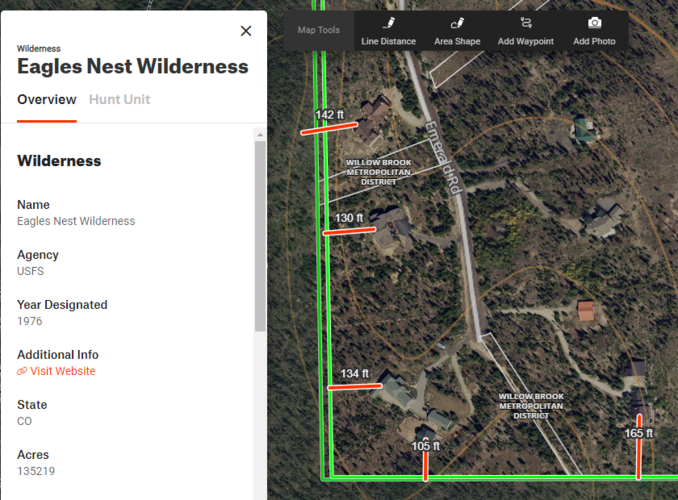ibehuntin
Member
- Joined
- Sep 26, 2020
- Messages
- 40
Your example is from a private lands forest managed for timber in Oregon and not NF lands which should be logged and thinned. Nice try tho. Read an article in The Epoch Times today. In the 1800’s California had 50 trees per acre. Today 500 trees per acre.View attachment 155926
No commercial logging?











